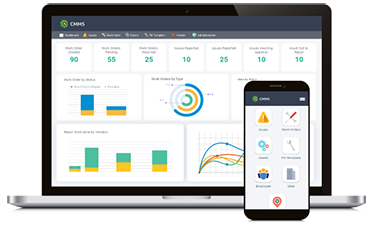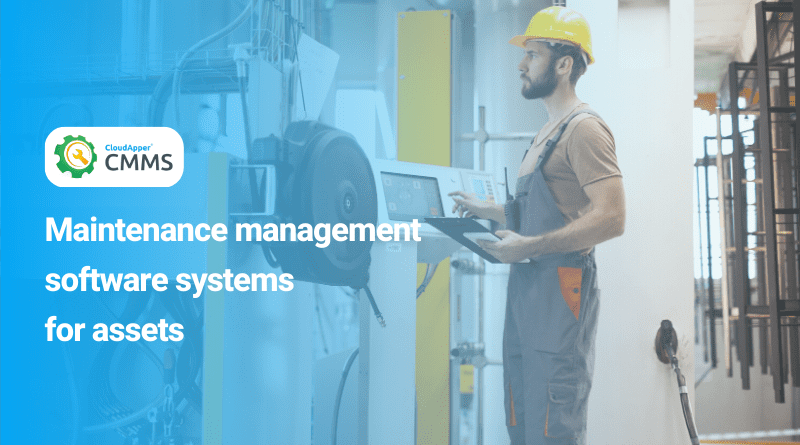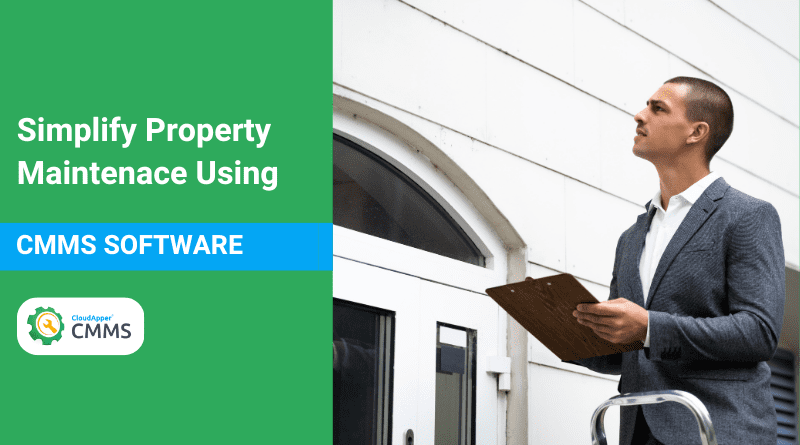Table of Contents
Preventative maintenance (PM) is a set of tasks and inspections that helps prevent equipment from premature breakdowns, keep employees safe, and even save millions in costs. In simple words, preventative maintenance tasks help fix small problems before they turn into big ones.
A good preventative maintenance program involves keeping records of tasks like past inspections and the servicing of the equipment. Without solid and accurate records, no matter how refined the preventive maintenance plan is, it will be bound to fail.
Because of the complexities associated with preventive maintenance tasks, many organizations utilize a Computerized Maintenance Management System (CMMS). On that note, let’s take a look at the primary goals of preventative maintenance and the types of tasks involved.
Preventive Maintenance Goals
Reduce downtime tied with maintenance failures
Equipment malfunctions or breakdowns can be a nightmare for any business. Downtimes slow down production rates which ultimately affects the company’s bottom line. Downtimes due to machine failure may include motor failure from excessive vibration, loose seals causing low air pressure, improper lubrication resulting in wear and tear, etc. Proactive and regular equipment maintenance reduces the likelihood of machine breakdowns.
Prolonging the lifespan of company assets, equipment, and infrastructure
When equipment is properly maintained, it may operate well past its expected retirement date. For example, ensuring a motor is always well-balanced, aligned, and lubricated will reduce the wear and tear of the moving parts and put less strain on the electronic components, thus reducing the likelihood of unanticipated breakdowns or failure due to loss of robustness.
Types of Preventative Maintenance Tasks
A few common preventative maintenance tasks include:
Inspections
This involves inspecting for damages, leaks, cracks, wear and tear, alignment, etc. All these characteristics indicate a machine is about to fail or has already failed. Inspections may also include measuring and monitoring degradation while equipment is still operating. With the information gathered, maintenance teams can determine when to repair, replace, or refurbish the equipment.
Servicing
Servicing involves cleaning, clearing, aligning, or replacing filters and verifying the operation of sensors. These are some examples of what each piece of equipment may require during preventative maintenance tasks, whether it’s once or periodically.
Lubrication
To ensure the reliability of operating machines and to maintain their performance, proper lubrication is essential. It may be compressors, gearboxes, pillow box bearings, motors, or process pumps, they all may need topping off of oils or other fluids and at times flashing and replacing the fluid. Advance preventative maintenance tasks may involve analysis to determine the equipment’s working condition. Analysis can also help detect contamination.
Fastening
Loose nuts and bolts may pose safety work hazards for employees. Fastening is done during the initial equipment installation and should be checked as part of the preventive maintenance tasks. As some pieces of equipment may be removed or replaced, the re-attachment must also meet the requirements of torque and equipment alignment.
Schedule Preventive Maintenance Tasks With CMMS
Studies have shown that almost half of equipment failures occur due to insufficiency in the aforementioned activities. Performing these tasks timely and keeping accurate records can help minimize downtime.
For scheduling preventative maintenance tasks and maintaining timely records, you can consider utilizing CloudApper CMMS.
The robust cloud-based CMMS platform will enable you to handle all maintenance-related tasks with ease, ensuring all your equipment is performing efficiently.
What is CloudApper AI Platform?
CloudApper AI is an advanced platform that enables organizations to integrate AI into their existing enterprise systems effortlessly, without the need for technical expertise, costly development, or upgrading the underlying infrastructure. By transforming legacy systems into AI-capable solutions, CloudApper allows companies to harness the power of Generative AI quickly and efficiently. This approach has been successfully implemented with leading systems like UKG, Workday, Oracle, Paradox, Amazon AWS Bedrock and can be applied across various industries, helping businesses enhance productivity, automate processes, and gain deeper insights without the usual complexities. With CloudApper AI, you can start experiencing the transformative benefits of AI today. Learn More

















